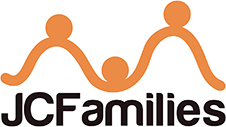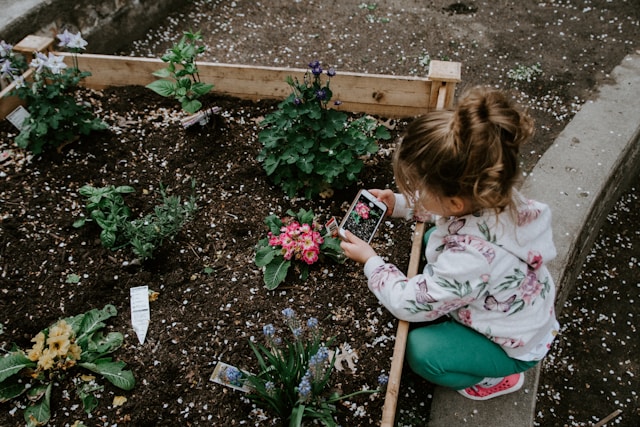I have often found myself wondering why there are never enough kid-size shopping carts in the supermarket. And why is the flag that says “customer in training” always broken, or the wheels not working properly? I cannot tell you the number of times my boys have raced to find the “perfect” cart for each of them, only to be disappointed. It was easier when I had just one child, he was happy to ride in the big cart when he didn’t find one of his own. With two, they argue over just about everything, who will push it, who will sit in the front, who will pick the items off the aisle, who will place them on the counter, and oh, who will get to push that magical green button at checkout! So here is how I deal with my kids in the supermarket:
- Setting expectations:
In an attempt to avoid such fights in public, I have a conversation before we leave home to set expectations and decide on roles. The children have to negotiate and find a solution that both are happy with or I make the decision for them. For example, one child can be the “pusher” (of the cart) and the other can be the “fetcher” (getting items off the shelves). We switch roles every alternate aisle if they both want to do the same thing.
Once all the roles have been designated we leave for our adventure, with a silent prayer that all remains peaceful.
- Providing a list
It’s also helpful to provide a list for each child so they can help choose the product, put it in the cart, and then eventually place those items on the counter. If you have time and want to be creative, you can cut out pictures from magazines or make drawings of the items needed if the kids aren’t reading yet and have them cross each item out or put a sticker next to it when you find it.
- Playing games
Playing games during the trip to the store can make it more fun. “What belongs” is a good to game to teach your kids how to group food products in to fruits, vegetables, proteins, grain, dairy etc. You name four items, three of them belong to the group and one doesn’t. Kids can look around to see if it’s in that aisle to see if it belongs to the group or not.
My older one is starting to read, so I have him sound out the name of each aisle or find the product we are looking for (I sometimes help him with the words so he can find it without getting frustrated). With younger children, you can teach colors, or numbers e.g. 4 green apples, 3 brown potatoes etc. Similarly, you can teach shapes as well – grapes are oval, cheese can be bought as squares or triangles, and so on. Or even a simple, I Spy game can keep kids occupied.
- Dealing with “I want” situations
Rather than just simply denying them what they want, I use it as an opportunity to talk about healthy eating habits and what foods are good for us and what aren’t. Another way to handle this would be to encourage the child to wait until you are done with the important stuff, but choose your words wisely. Saying, for example, “when we buy all the fruits then we will buy the chips” will probably get a better response than, “not right now, maybe later.”
Now that we are done with the groceries it’s time to get it all home before the bags rip while being dragged along the floor by my little helpers!
Sara Zaidi is a child therapist and the creator of Building Healthy Minds and Happy Families. With advanced degrees in psychology and mental health and over ten years of clinical experience, Sara helps parents navigate through the challenging early stages of their children’s lives by explaining the cognitive, emotional and social development of children from a neurological and behavioral perspective. Read her parenting blog at www.sara-zaidi.com/parenting-blog and visit www.sara-zaidi.com to learn more about her work.






